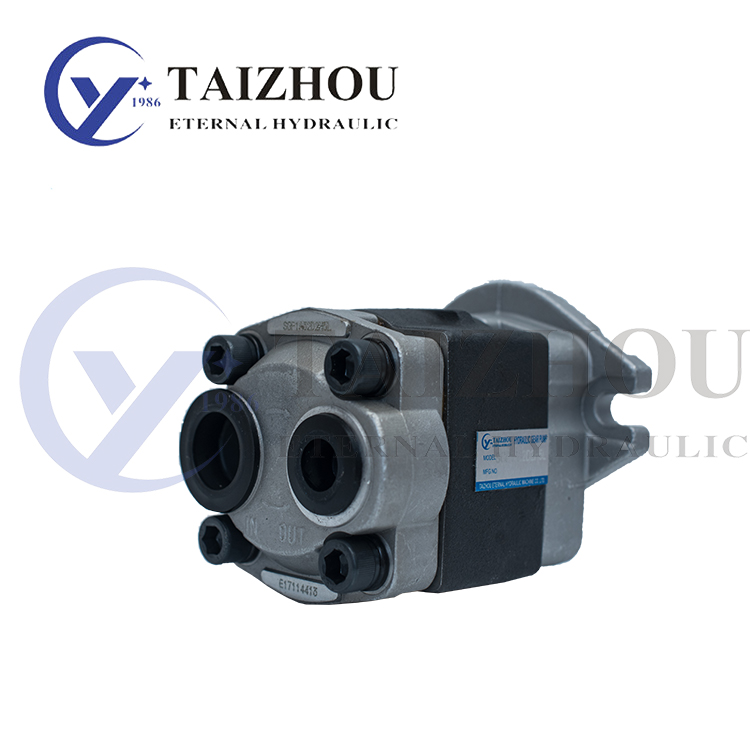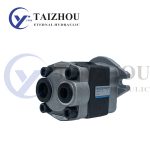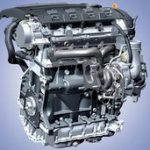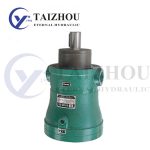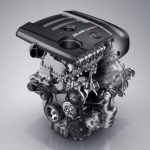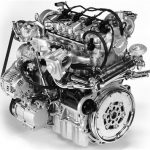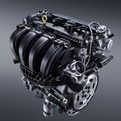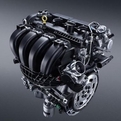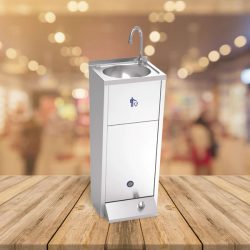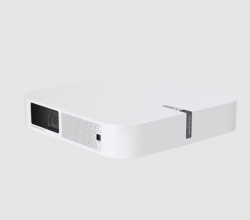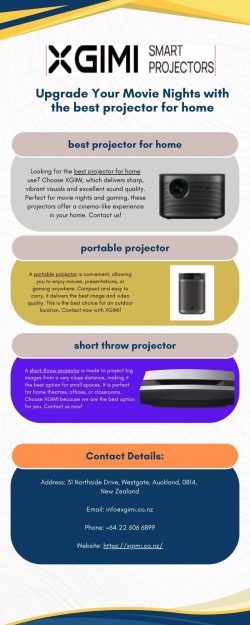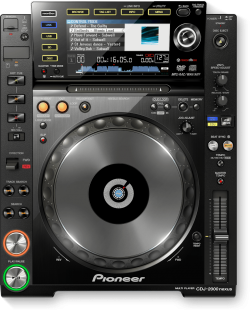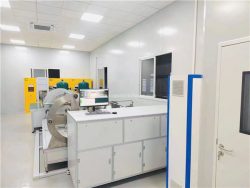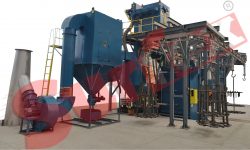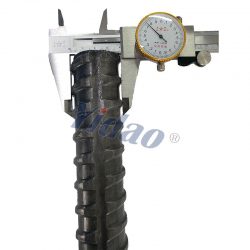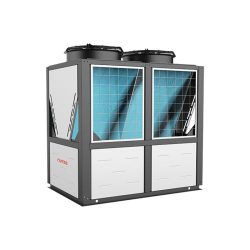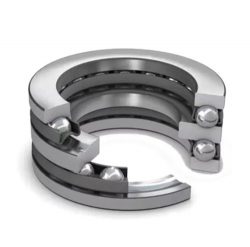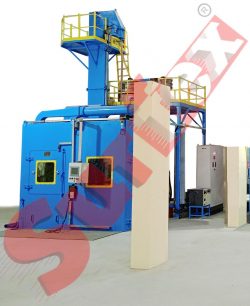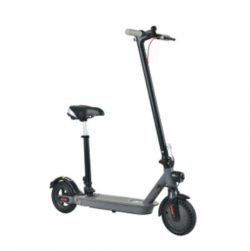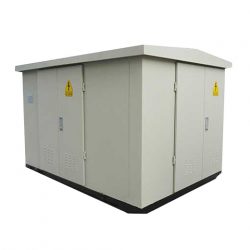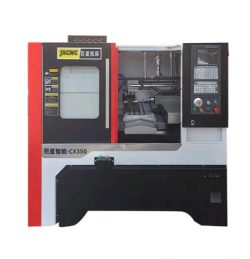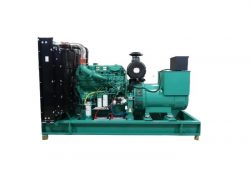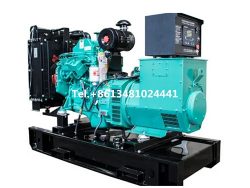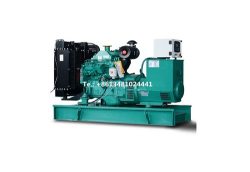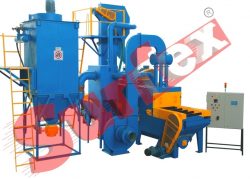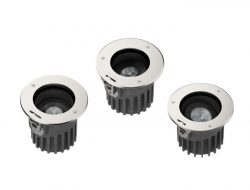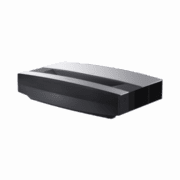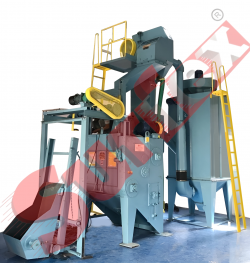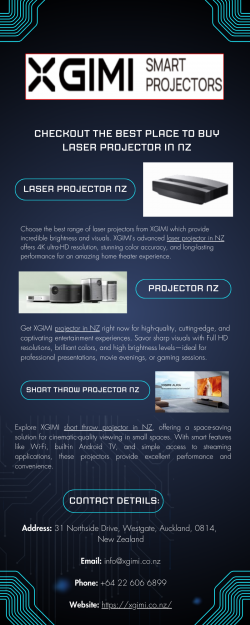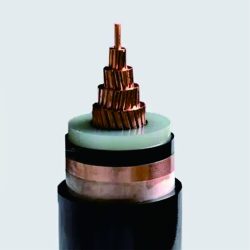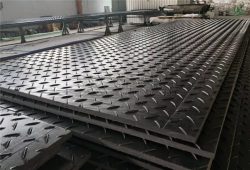Parker Gear Pump – Gear Pump: For Pumping Relatively Viscous Liquids
Parker Gear Pump illustrate that gear pumps are typically used to pump relatively viscous liquids such as viscous liquid hydrocarbons, liquid fuels, lube oil pumping in mechanical components, hydraulic units and fluid power transfer units. Gear pumps are the most popular volumetric pumps. Small gear pumps typically run at speeds from 1,700 rpm to 4,500 rpm, while larger models typically operate at speeds below 1,000 rpm.
Gear pumps generate flow by delivering fluid between the teeth of two meshing gears. The chamber formed between adjacent gear teeth is closed by the pump casing and side plates (also referred to as wear plates or pressure plates). The suction port of the pump creates a partial vacuum; the fluid flows in to fill the space and is carried away at the discharge of the gear. When the teeth are engaged at the discharge end, the fluid is squeezed out. The gear pump has a volumetric efficiency of up to 91%.
Gear pumps typically have small tolerances and shaft supports on either side of the gear. This allows them to withstand pressures in excess of 200 bar gauge (Barg), making them ideal for use in high pressure applications. Gear pumps are generally not well suited for abrasive or extremely high temperature applications because the bearings are in liquid and have tight tolerances.
The tight internal clearance ensures reliable measurement of the liquid flowing through the pump and provides greater flow control. Therefore, gear pumps can be used for some precise transmission and metering applications.
Reducer generalIn the past few decades, many pump concepts have emerged, and the selection of a suitable pump for a particular viscous liquid application has become a major consideration. Typically, a particular pump can operate efficiently for one application, but may not be suitable for other applications. To aid in the selection and design of pumps, different charts and tables have been developed to illustrate the efficiency and performance of various pump types as a function of specific speed and other parameters. In addition to these theoretical concepts of efficiency and pressure range applicability, other important benefits such as reliability, availability, overall performance, and operation should be considered. Gear pumps have some important advantages in volumetric pumps.
The gear pump principle has low pressure pulsations due to the large backlash of the transfer fluid, which results in excellent pumping performance and helps prevent cavitation.
The various pressure compensation measures and characteristics of the gear pump provide the ideal differential pressure and flow characteristics for many applications, and the gear pump can also provide high efficiency for many target services.
The gear pump is simple and consists of several parts, thus reducing manufacturing and operating costs.
With a suitable combination of self-lubricating materials, the gear pump can operate safely even if the air bubbles are trapped in the flow after cavitation occurs.
